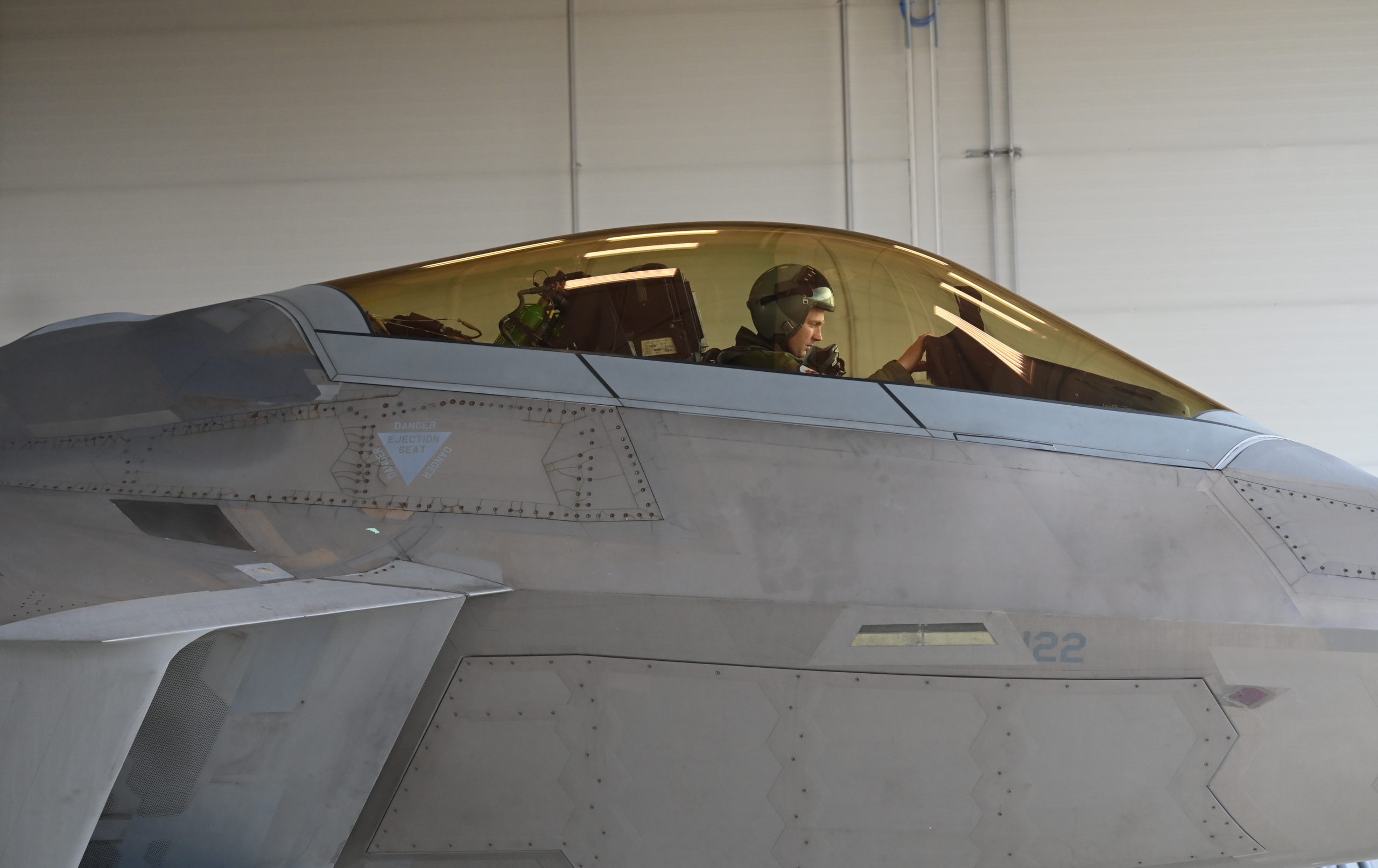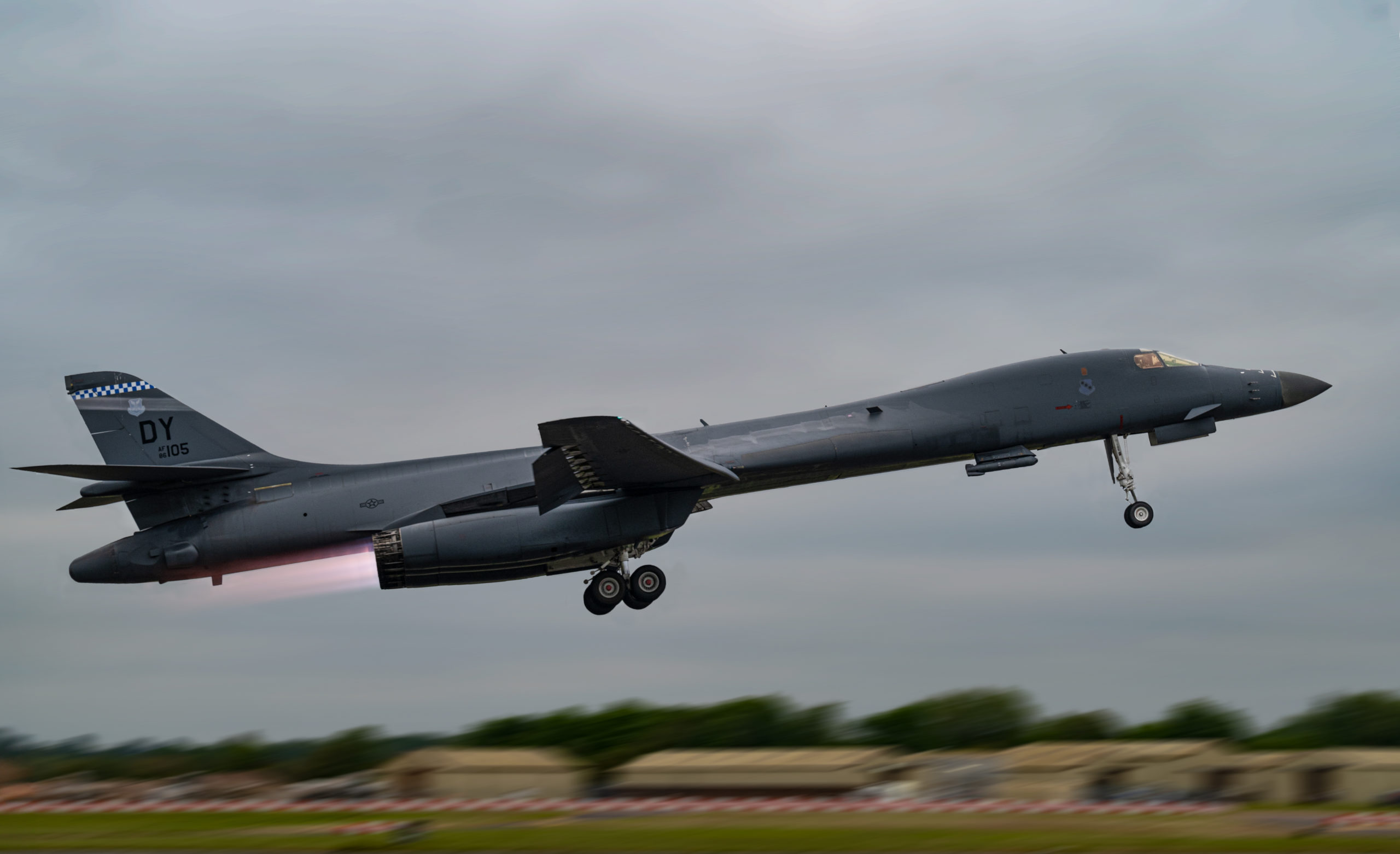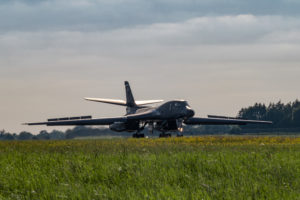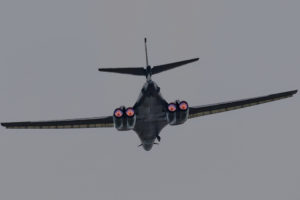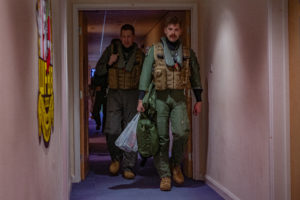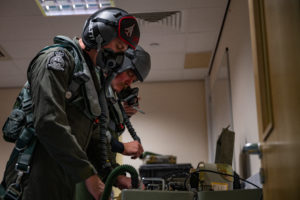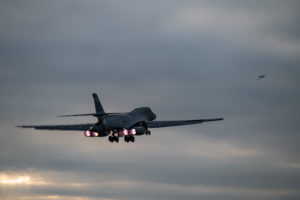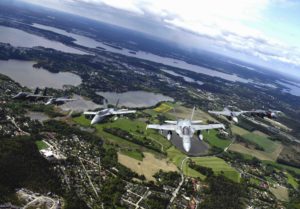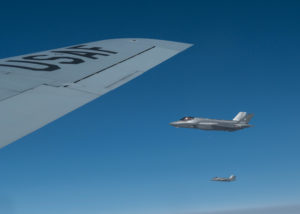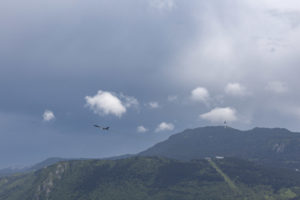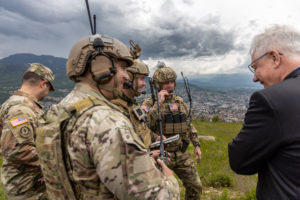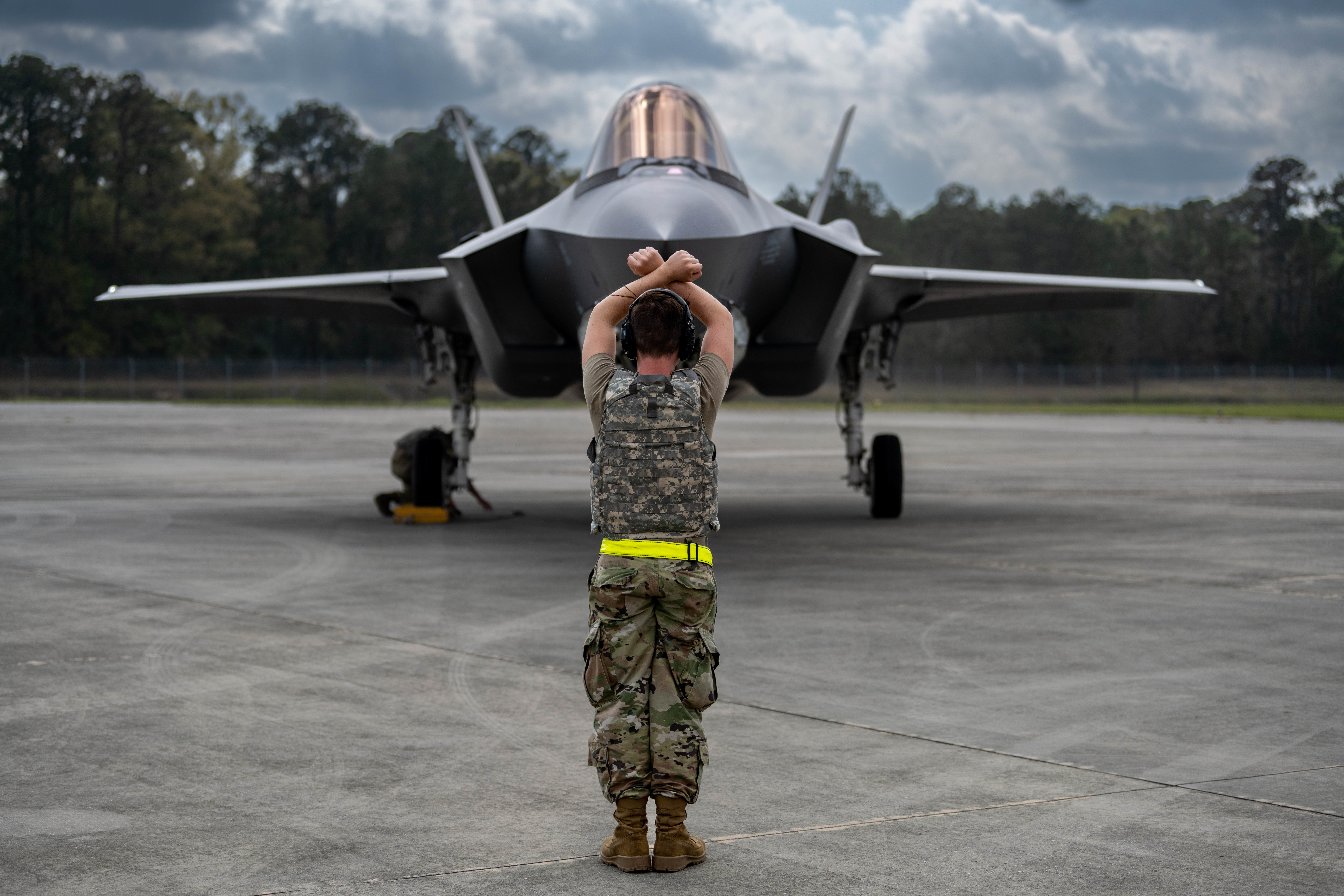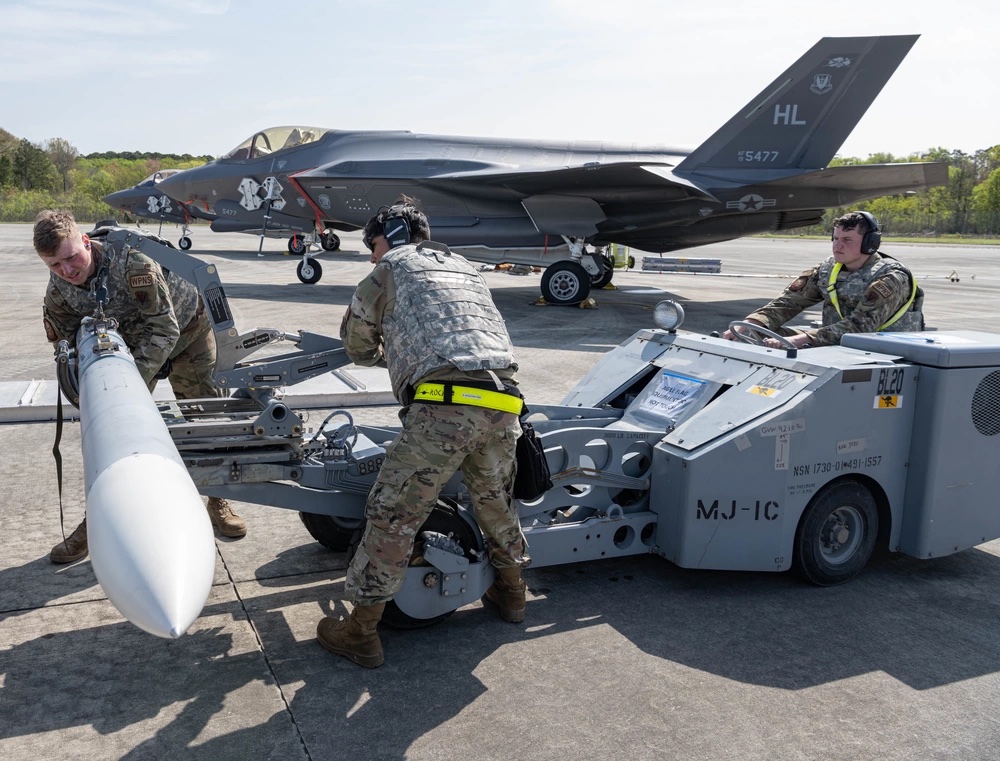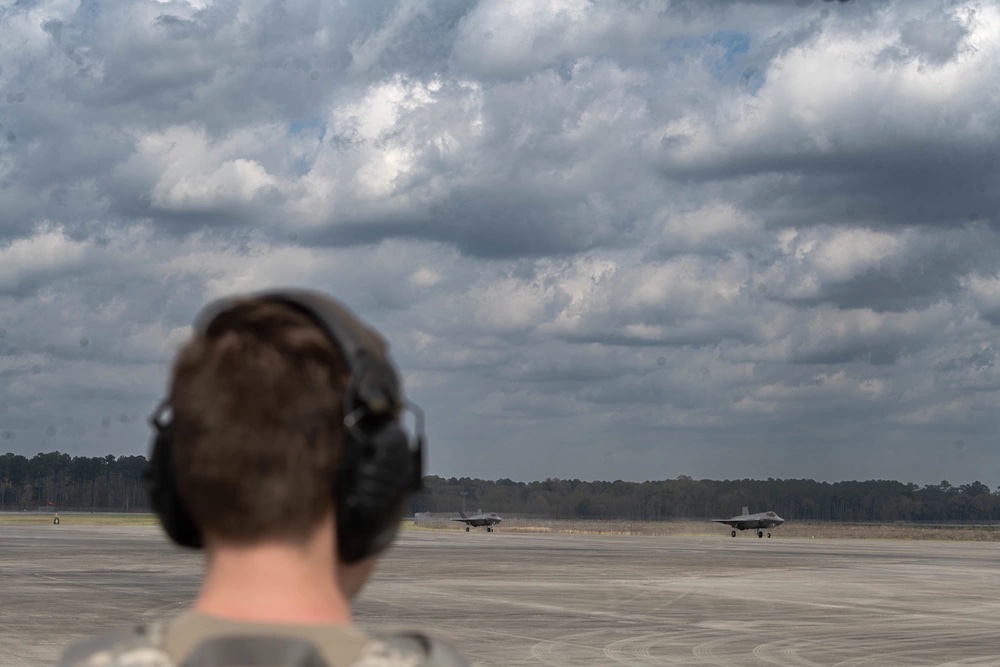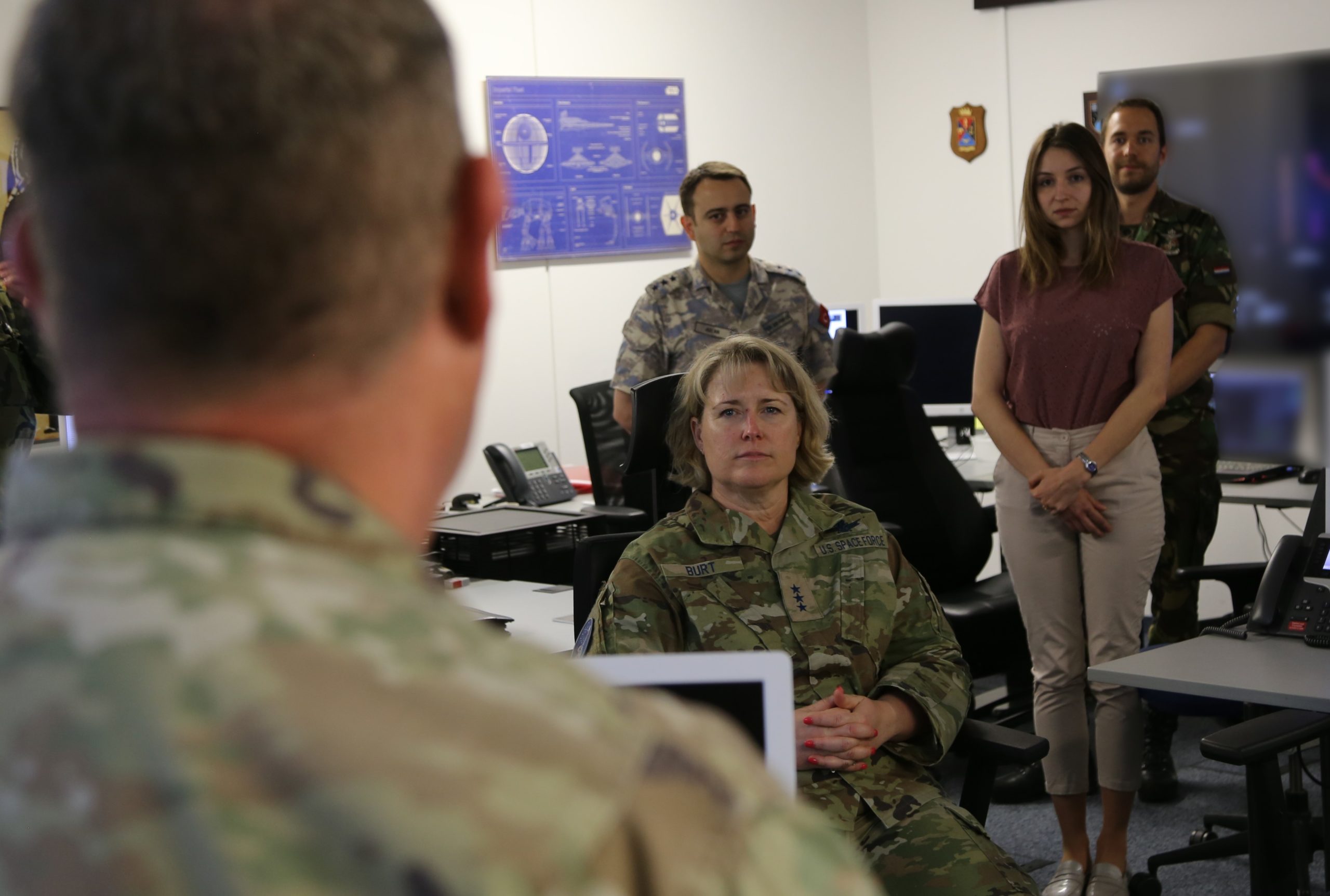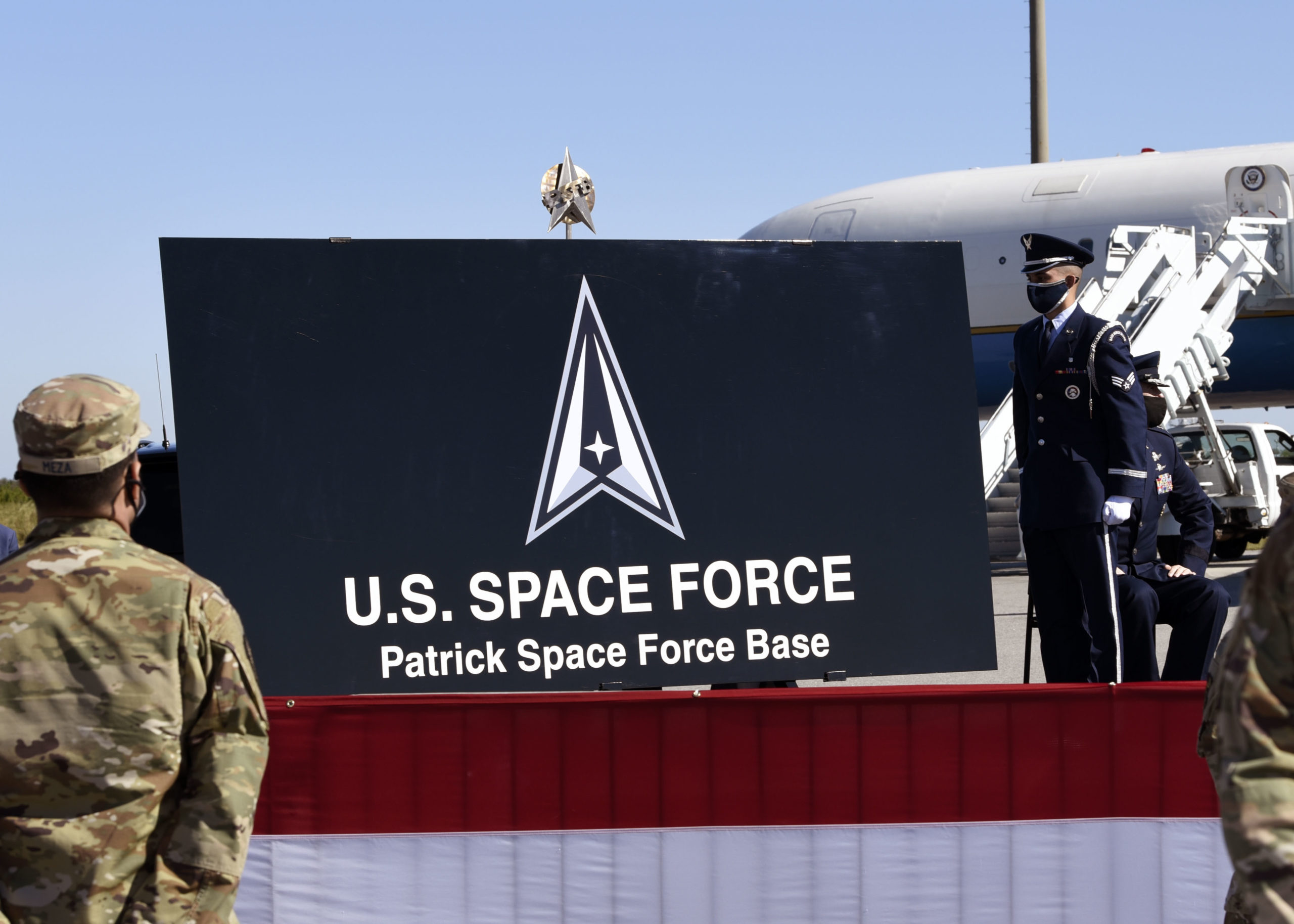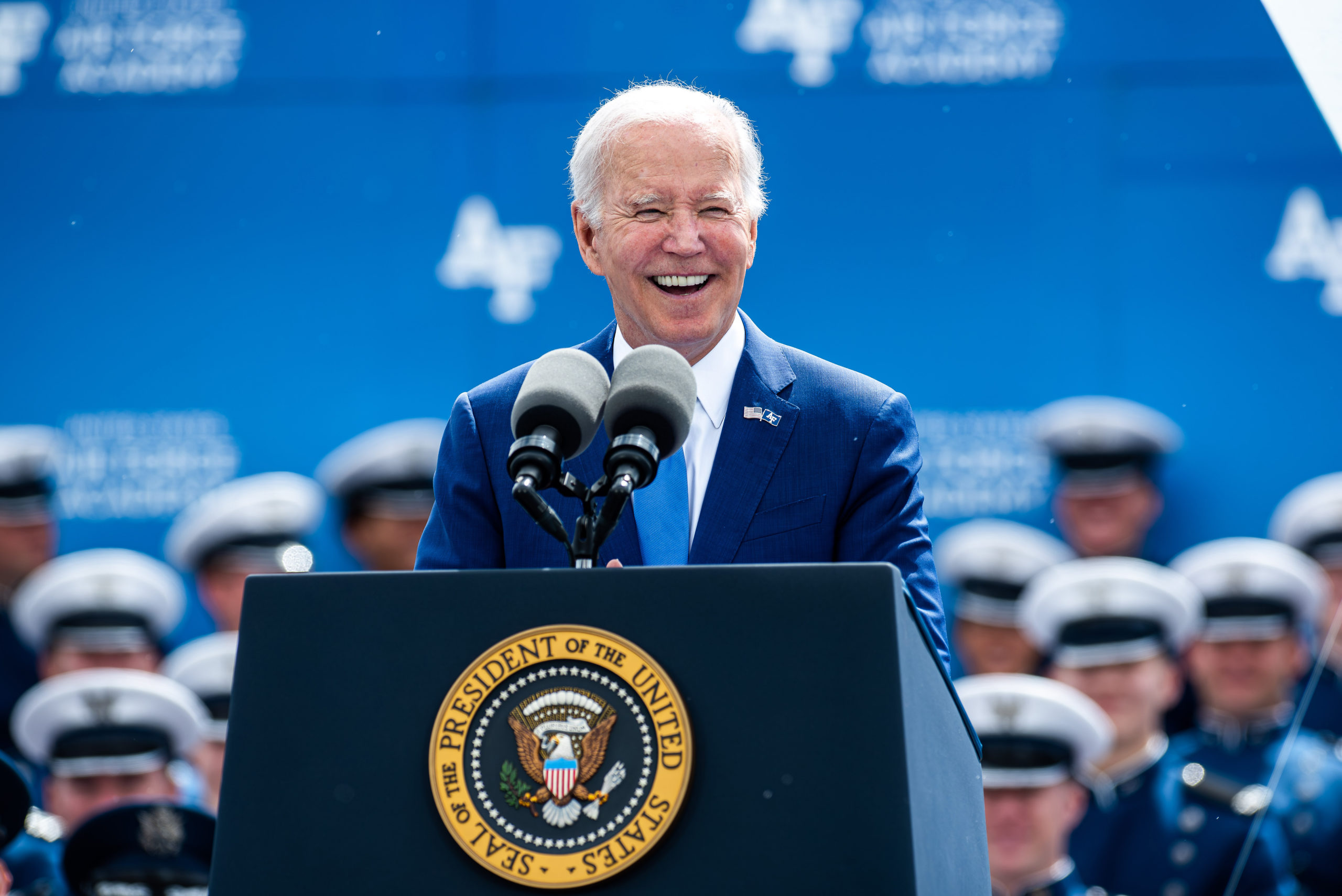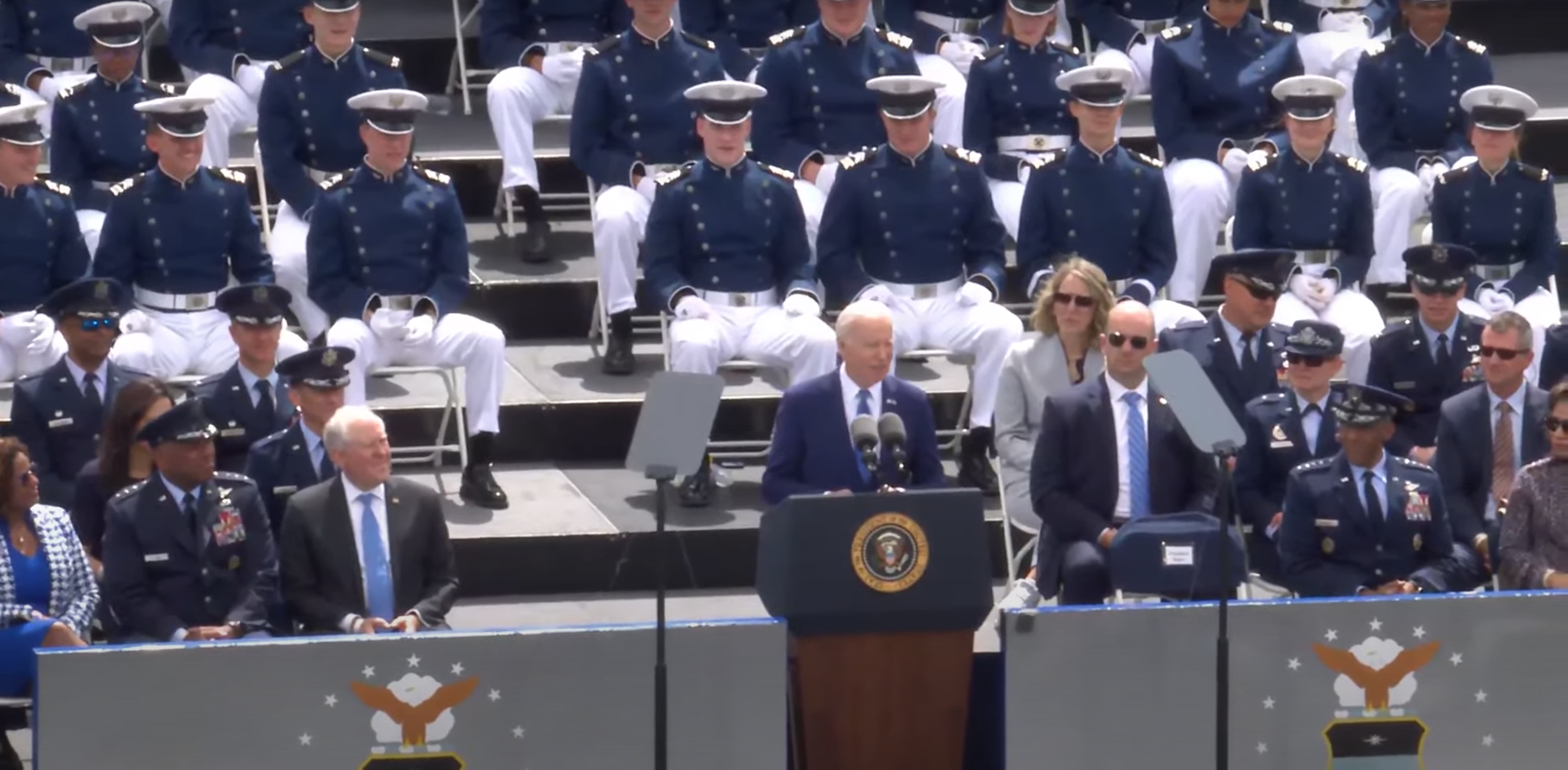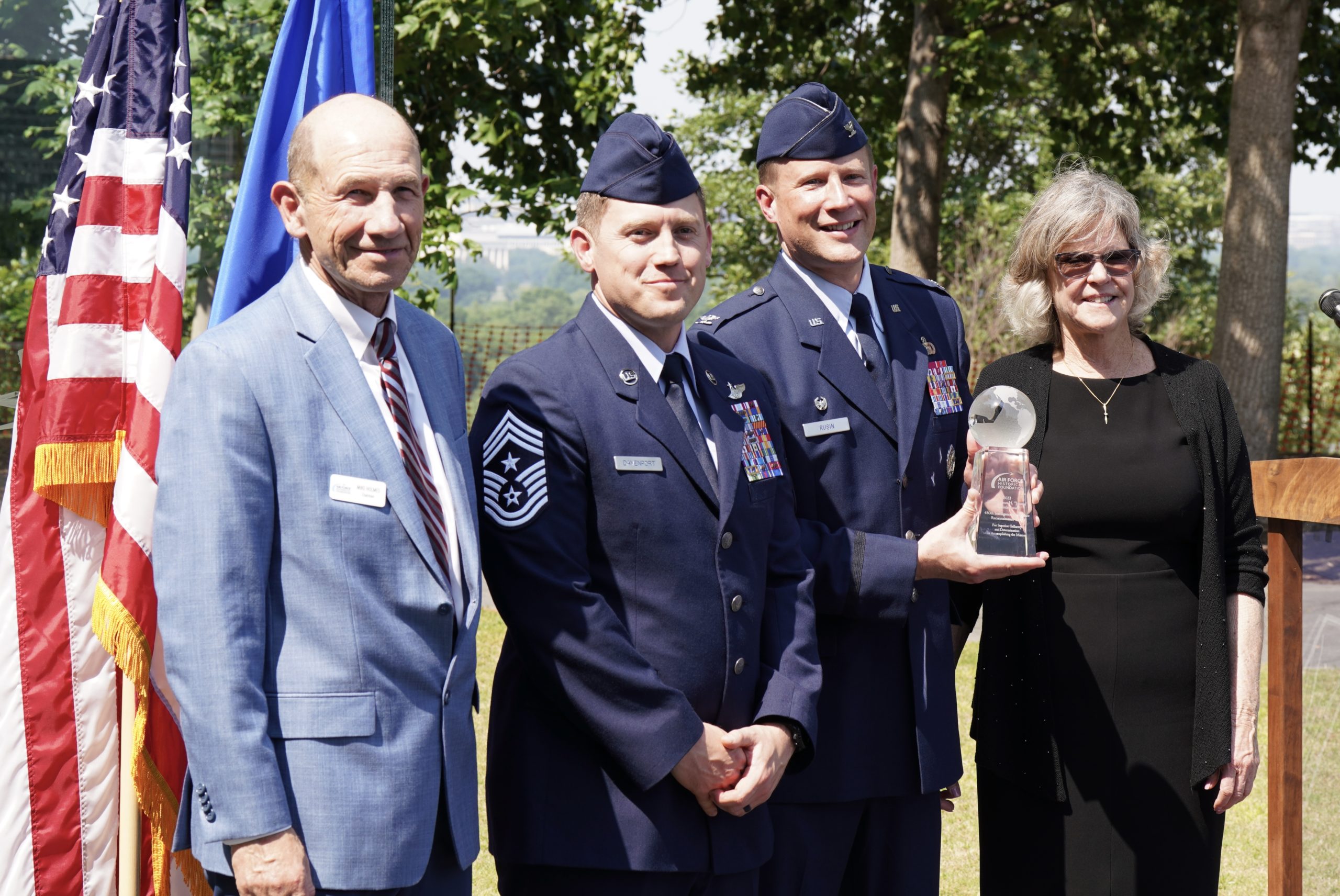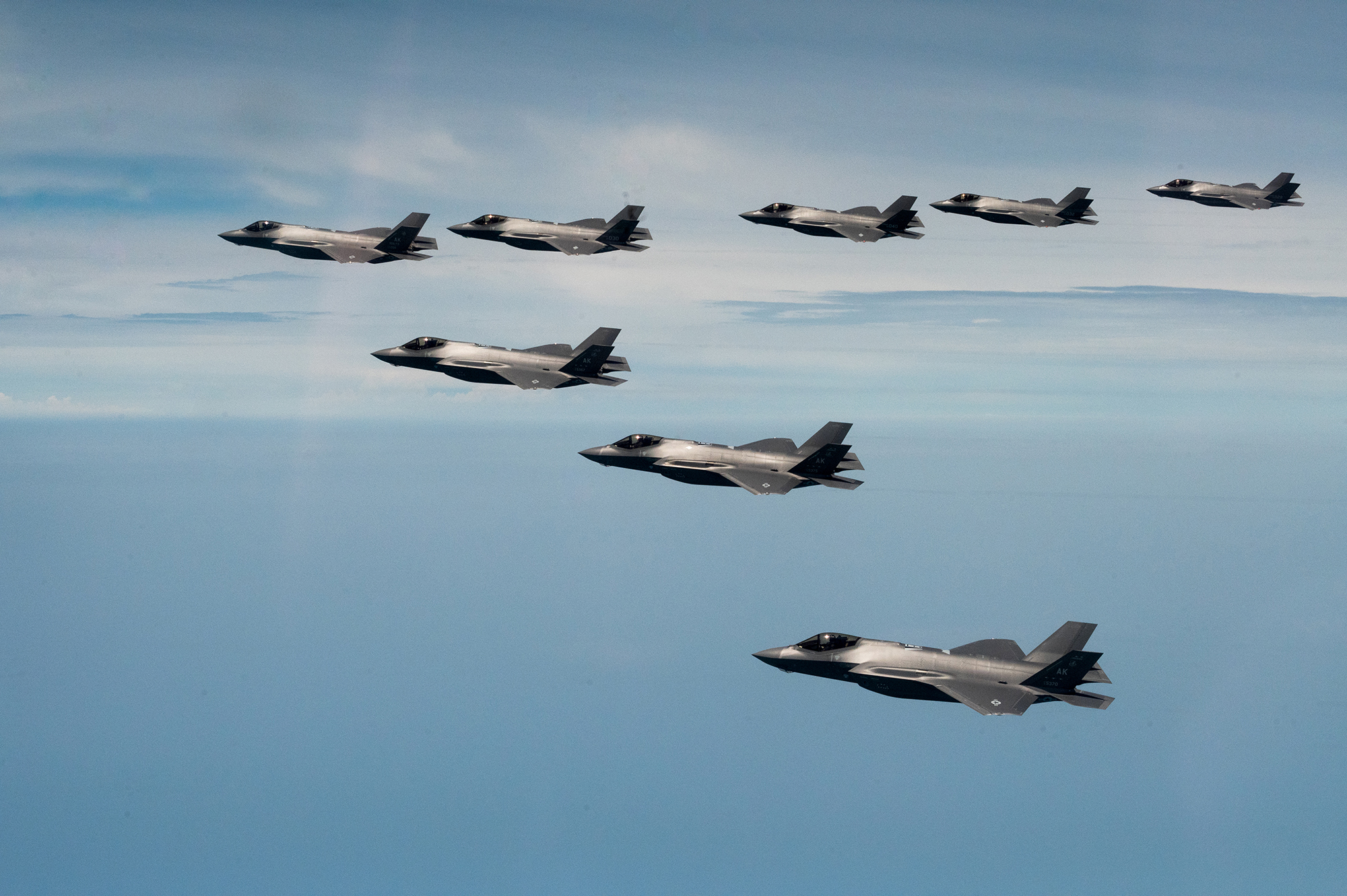The Air Force is bumping up bonuses in its quest to retain pilots, the service announced June 5. Aviators—including pilots, air battle managers, and combat systems officers—can now receive up to $50,000 annually for agreeing to stay on in fiscal year 2023, a significant increase from the cap of $35,000 set last year.
The move comes as the Air Force is still working on a congressionally-mandated retention program aimed at easing its pilot shortage. The new program is “projected to roll out this summer” an Air Force spokeswoman said, adding that effort still needed to be finalized.
The move announced June 5 is an update to what the Air Force is now calling its “legacy” aviation bonus program.
“FY23 will be a transition year for the Air Force,” the service said in a release.
A new effort, referred to as Rated Officer Retention Demonstration Program, was required by the 2023 National Defense Authorization Act and includes provisions that services can offer up to $50,000 and/or guaranteed future assignment locations in an effort to retain pilots.
An Air Force spokeswoman said the two efforts “were developed to work collaboratively together to target and synchronize retention efforts across the rated community simultaneously.” The NDAA-mandated program will also cap its annual bonus at $50,000 for fiscal 2023, she added. The Navy, for comparison, capped its annual pilot bonuses at $35,000 for fiscal 2023.
The spokeswoman said the new program is for regular Air Force “manned pilots only, with no more than three years but not less than one year remaining” on their service commitments.
In testimony to Congress last month, Air Force Vice Chief of Staff David W. Allvin said Air Force ended the fiscal 2022 1,900 pilots short of its goal of 21,000, a net loss of about 250 pilots.
“The FY23 NDAA Rated Officer Retention Demonstration Program is designed to offer monetary and non-monetary incentives,” to counteract that, the spokeswoman said, though the service has yet to officially outline what it will offer in addition to money.
“Program details are still being finalized,” the spokeswoman said.
Allvin said the Air Force is trying to retain aviators earlier in their careers rather than offering them cash at the end of their 10-year service commitment—when their plans for the future may already be set.
“What we have done now is offered these incentives to them three years before the commitment is done,” Allvin said. “Now, obviously, we’re asking for a longer commitment, but at that time, it’s helping them cement their future, see where their families are, and have that predictability.”
The commercial aviation industry, where many Active-Duty Air Force pilots end up, is also trying to entice its pilots to stay on with their own incentives. Major airlines have announced new labor agreements with their unions and double-digit wage increases in recent months.
“Publicly available data on hiring, employment, and wages indicate strong current demand for pilots,” the Government Accountability Office wrote of the commercial industry in April.
In his testimony, Allvin cited a lack of stable home life, money, and having to conduct too many non-flying duties as reasons for aviators leaving the Air Force.
While the NDAA-mandated program is not yet official, Air Force is doing what it can under its existing regime.
The “legacy” program applies to aviators whose Active-Duty service commitment is expiring in fiscal 2023 or has already expired. Pilots have until Sept. 15 to apply when the program opens up on June 6. Pilots on a bonus program for a lower amount cannot renegotiate for a higher amount this year, the Air Force said. Bonuses range from $15,000-$50,000 per year with contract lengths ranging from three to 12 years, an Air Force spokeswoman said.
“Our experienced aviators are uniquely qualified to succeed in a combat environment and these incentives are necessary to maintain that talent and competitiveness with our pacing challenge,” Maj. Gen. Albert Miller, Air Force Training and Readiness director, said in a statement.
